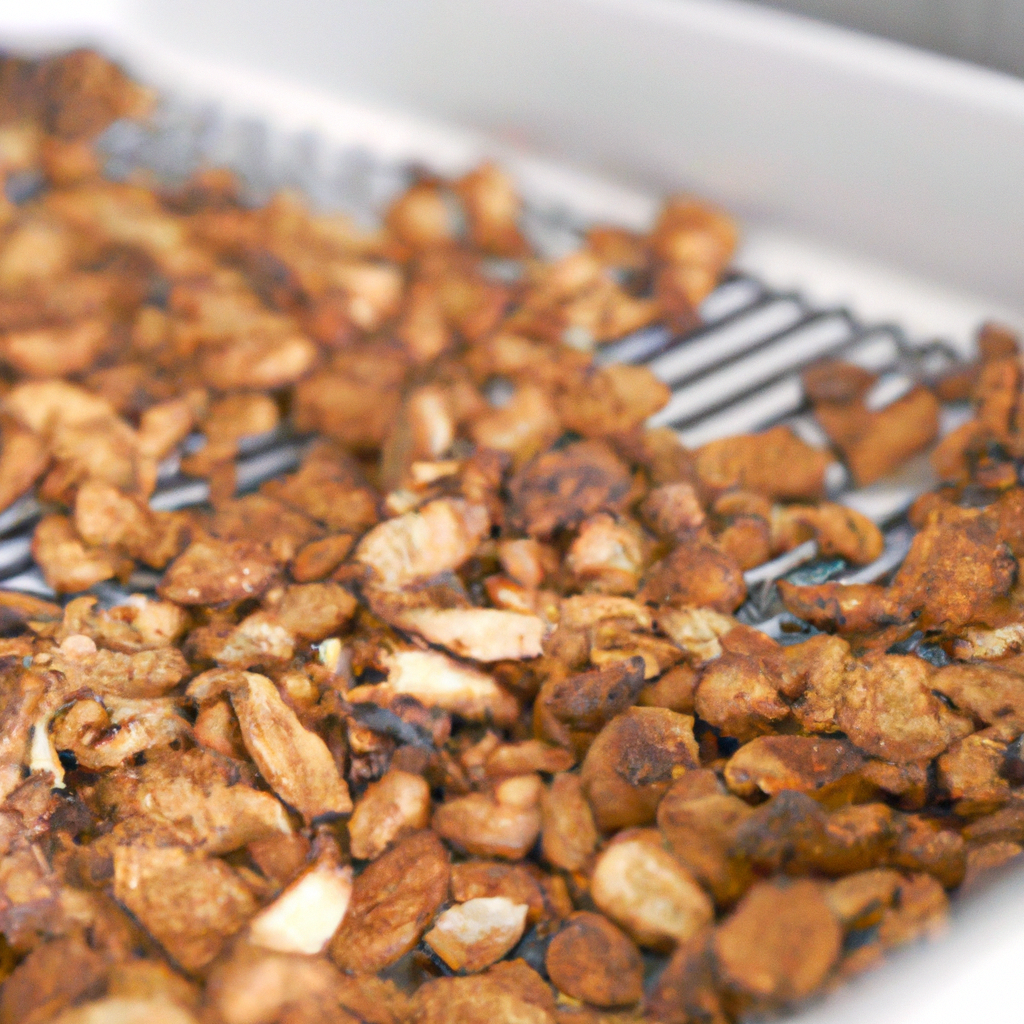Freeze-drying is a process that involves removing water from a product while it is frozen. This process is commonly used to preserve food, but it is also used in other industries such as pharmaceuticals and biotechnology. In this article, we will explain the freeze-drying process, how to freeze-dry food, freeze-drying equipment, benefits of freeze-drying, and freeze-drying technology.
Freeze-drying Process:
The freeze-drying process involves three stages: freezing, primary drying, and secondary drying. During the freezing stage, the product is frozen and the water inside the product forms ice crystals. In the primary drying stage, the pressure is lowered, and the temperature is raised to cause the ice crystals to sublimate (change from a solid to a gas without becoming a liquid). Finally, in the secondary drying stage, any remaining water molecules are removed from the product.
How to Freeze-Dry Food:
Freeze-drying food is a great way to preserve it for longer periods. Here are the steps to freeze-dry food:
1. Choose the food you want to freeze-dry. Fruits, vegetables, and meats work well.
2. Wash and slice the food into small pieces.
3. Place the food on a tray and put it in the freezer.
4. Once the food is frozen, put it in the freeze-drying equipment.
5. Follow the instructions of the freeze-drying equipment to complete the process.
Freeze-Drying Equipment:
Freeze-drying equipment is used to carry out the freeze-drying process. There are different types of freeze-drying equipment available, but they all work on the same principle. The equipment consists of a vacuum chamber, a condenser, and a heating element. The product is placed in the vacuum chamber, and the pressure is lowered to cause the ice crystals to sublimate. The condenser collects the water vapor, and the heating element removes any remaining water molecules.
Benefits of Freeze-Drying:
Freeze-drying has several benefits, including:
1. Longer Shelf Life: Freeze-dried products have a longer shelf life than products that are preserved using other methods.
2. Retains Nutritional Value: Freeze-drying retains the nutritional value of the product better than other preservation methods.
3. Lightweight: Freeze-dried products are lightweight, making them easy to transport.
4. Easy to Rehydrate: Freeze-dried products are easy to rehydrate, making them convenient for use.
Freeze-Drying Technology:
Freeze-drying technology has improved over the years, making it more efficient and cost-effective. There are several types of freeze-drying technology available, including:
1. Conventional Freeze-Drying: This is the traditional method of freeze-drying, which involves placing the product in a vacuum chamber and lowering the pressure to cause the ice crystals to sublimate.
2. Microwave Freeze-Drying: This method uses microwaves to heat the product and cause the ice crystals to sublimate.
3. Spray Freeze-Drying: This method involves spraying the product with a liquid nitrogen solution, which freezes the product and causes the ice crystals to sublimate.
Conclusion:
Freeze-drying is a process that involves removing water from a product while it is frozen. This process is commonly used to preserve food, but it is also used in other industries such as pharmaceuticals and biotechnology. The freeze-drying process involves three stages: freezing, primary drying, and secondary drying. Freeze-drying equipment is used to carry out the freeze-drying process, and there are different types of freeze-drying equipment available. Freeze-drying has several benefits, including longer shelf life, retention of nutritional value, lightweight, and easy to rehydrate. Freeze-drying technology has improved over the years, making it more efficient and cost-effective.







